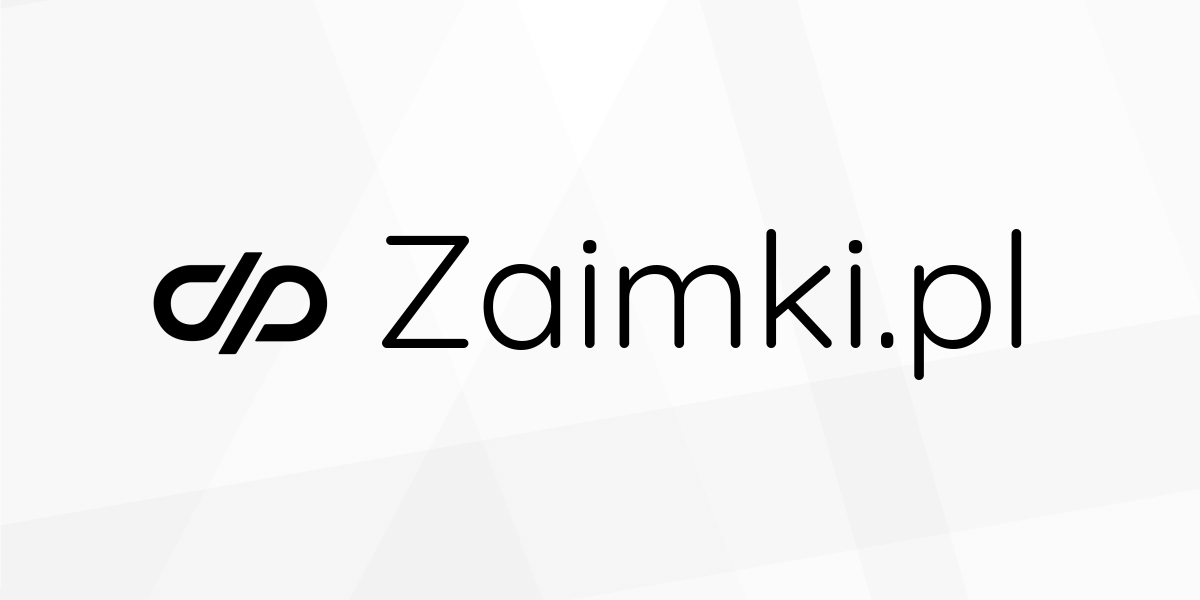68 lines
5.6 KiB
Markdown
68 lines
5.6 KiB
Markdown
# Short history of the project
|
||
|
||
<small>2021-11-25 | [@andrea](/@andrea)</small>
|
||
|
||

|
||
|
||
We get asked that question more often recently, so I've decided to put an answer in writing 😉
|
||
How did pronouns.page start?
|
||
|
||
Well, it started circa two years ago, and in quite a different linguistic reality than English.
|
||
You see, while in English referring to a person in a way that doesn't force them into a gender binary
|
||
is basically a question of replacing a personal pronoun in its five forms (eg. they/them/their/theirs/themselves)
|
||
and a few gendered nouns (eg. boy/girl to kid or enby), in Polish it's way more complicated.
|
||
Even a sentence as simple as “I did” or “I'm hungry” requires a person to disclose their gender.
|
||
Almost every person-describing noun is gendered too, and for many of them the masculine version is treated as the “default”,
|
||
with women being shamed for using those “strange” feminine versions.
|
||
Not only is it all complicated, but also unpopular and new. Trying to un-gender Polish is quite a linguistic revolution.
|
||
(If you're interested in an overview (in English) of how the solutions look like, check out [zaimki.pl/english](https://zaimki.pl/english)).
|
||
|
||
In November 2019 I stumbled upon [a blog post](https://www.przemyslenia-maniaka.pl/2019/11/maniak-marudzi-27-niebinarne-tumaczenia.html)
|
||
in which the author criticised the Polish translation of She-Ra for ciswashing and erasing the gender of a character called Double Trouble.
|
||
It was a constructive criticism, it included a list of ideas on how to translate a character that uses they/them into Polish
|
||
without arbitrarily assigning them a binary gender. My brain, having always been fed with the assumption that such a thing is impossible,
|
||
now almost exploded with joy! It's a very analytical brain, though, so it wanted to have a more structured collection
|
||
of those ideas. To put them into grammar table, to test every word, to consider every grammatical form, to fill in every gap.
|
||
|
||
So I wrote [a blog post of my own](https://avris.it/blog/genderneutralizacja-polszczyzny), in which I attempted to do just that.
|
||
But I wasn't really happy with the result. My own conclusions back then were that I don't see any bright future
|
||
for the nonbinary forms in Polish that wouldn't sound unnatural or be doomed to be wildly unpopular. Oh, how wrong I was!
|
||
|
||
Enter [@Ausir](/@Ausir), a translator whom I've followed on Twitter and who's fascinated with how nonbinary forms get translated
|
||
into different languages, mainly Polish. He was gathering examples from literature and publishing them in a Google Docs document
|
||
– and they confirmed that indeed it is possible to do it in an elegant way that doesn't erase nonbinary identities.
|
||
|
||
Around the same time [@Sybil](/@Sybil) was coming up with a solution to a similar, yet separate problem
|
||
– how to extend the person-describing nouns into a system that also includes the grammatical neuter.
|
||
They wanted to describe their nonbinary partner in a way that doesn't impose a binary gender on them
|
||
– but in Polish they had no other option than to expand the dictionaries in the name of love!
|
||
They created [a funpage on Facebook](https://www.facebook.com/neutratywy) where they shared their proposals.
|
||
|
||
And the three of us have joined our forces to create one bigger project: [zaimki.pl](https://zaimki.pl)
|
||
– a website that [started very humbly](https://web.archive.org/web/20200725174439/https://zaimki.pl/),
|
||
basically as a Polish version of [pronoun.is](https://pronoun.is/), to be extended with
|
||
[a text corpus](https://zaimki.pl/korpus) and [a dictionary of nouns](https://zaimki.pl/neutratywy).
|
||
|
||
I [announced it on Twitter](https://twitter.com/AvrisIT/status/1286400337465802752) on June 23rd, 2020
|
||
and was absolutely astounded by the overwhelmingly positive response.
|
||
The project almost immediately [attracted attention of queer media](https://queer.pl/artykul/204685/zaimkipl-strona-jezyk-polski-niebinarnosc).
|
||
More people were helping out with creating it – and [on November 22nd, 2020 we gathered](https://twitter.com/neutratywy/status/1332403345542221827)
|
||
together online to discuss how would such a cooperation work. We came up with [the name of the collective](/blog/why-the-name)
|
||
and agreed on a non-hierarchical, anarcha-queer structure.
|
||
|
||
Thanks to their hard work new features and language forms were getting developed.
|
||
Arguably the biggest one of them being the ability to create an account and an easily sharable card
|
||
with one's names, pronouns and liked/disliked words.
|
||
This feature was met with enthusiasm and prompted new feature requests: can we also have such a card in English?
|
||
|
||
So [@Ausir](/@Ausir), [@Szymon](/@Szymon) and [I](/@andrea) translated the website to English,
|
||
researched the most popular neopronouns, looked up literature that uses it –
|
||
and on December 5th, 2020 [we announced the start of an English version](https://twitter.com/PronounsPage/status/1335322304931393536).
|
||
It's the only one initially created by people who use the given language as their additional one (although later it was proof-read by native-speakers too).
|
||
For all the others we were contacted by their native-speakers who offered help preparing the content,
|
||
while we provided the technical tools and support.
|
||
|
||
Today, the project covers 9 languages 🤯, has almost 300 000 users 🤯, and the Polish team regularly gets invited by the media, including those mainstream 🤯.
|
||
And that's despite it being only two years old and having been created entirely by a non-profit, non-hierarchical group of volunteer activists.
|
||
I'm in awe in how far we've all come, and I'm eternally grateful to all the people who keep making it happen! ❤️
|